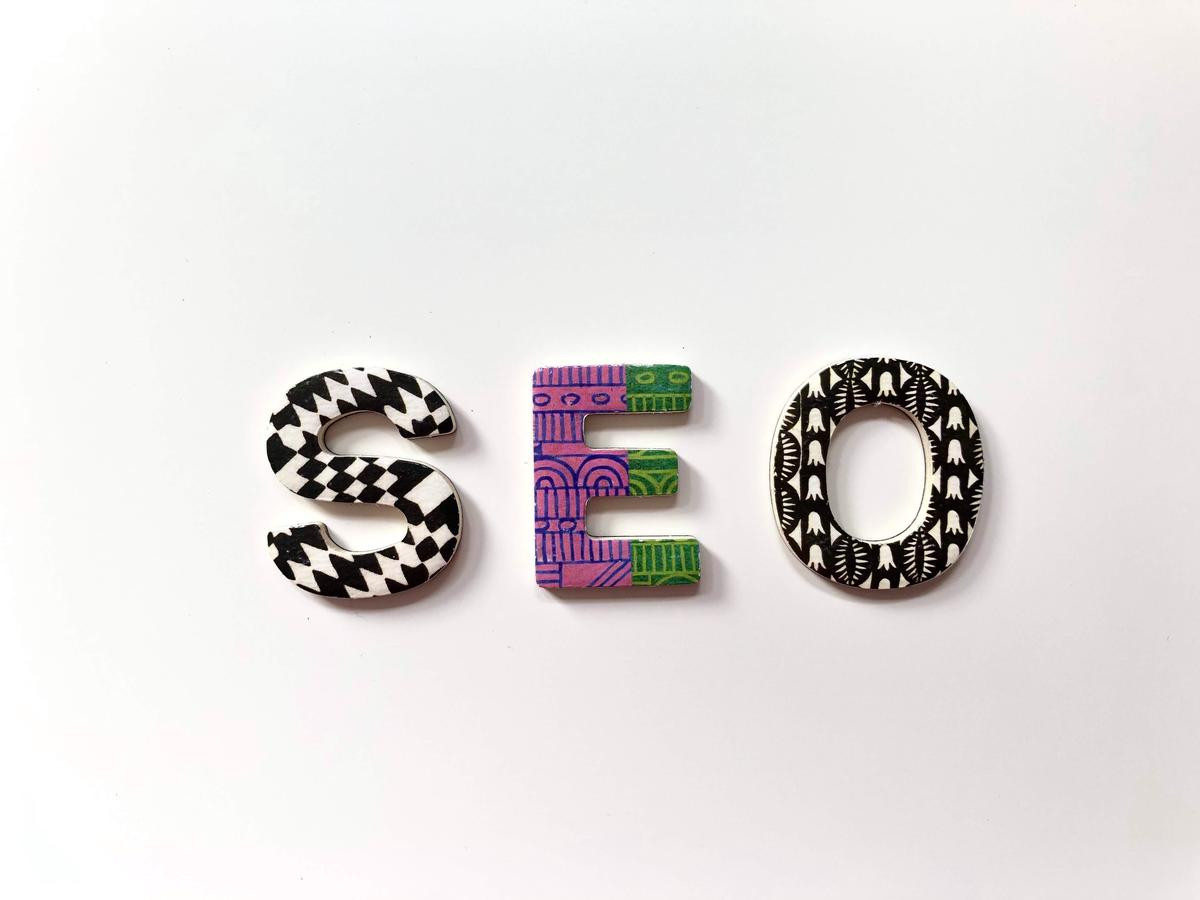In the realm of Search Engine Optimization (SEO), innovative strategies like the use of interactive images are proving their worth. By enhancing user engagement and overall experience, interactive images can greatly increase a website’s visibility and ranking on search engines.
The importance of SEO, however, goes beyond simply adding images—it is about optimizing these elements to perform at their best.
Through relevant examples, comprehensive data, and expert insights, we will explore the profound influence interactive images exert on SEO and how to best harness their potential for optimum results.
Understanding Interactive Images and SEO
Unveiling the Connection: Interactive Images and Search Engine Optimization (SEO)
Harnessing the power of interactive images in the realm of SEO isn’t typically a strategy at the top of everyone’s list. However, it is a forward-thinking tactic that can drive substantial benefits in search rankings while improving the overall user experience. Let’s dive deep into this concept, exploring the intricate bond between interactive images and SEO.
Interactive images – pictures, graphics, or diagrams that are interactive in nature – have turned a new corner for content and UX design. Users can interact with these images by clicking, dragging, or hovering. They often contain pop-ups, links, zoom-ins, or tooltips to provide more in-depth information. No more simple, static images; the future of digital design and usability lies in these engaging, dynamic elements.
These images are not mere eye candy; they carry with them significant SEO value. Search engines like Google prioritize user experience more than ever before, and interactive images enhance this factor. They keep users engaged, encourage them to stay longer, and even make them more likely to convert, all of which results in lower bounce rates. Lower bounce rates signal to Google that users find your content useful and relevant, which can improve your rankings.
What’s more, these interactive elements offer ample opportunities for alt text and metadata – crucial features that greatly contribute to your SEO efforts. Alt text helps search engines understand what the image is about, enhancing your website’s accessibility, while metadata provides critical details about the image, potentially attracting more clicks in search results.
Another way interactive images boost SEO is through their ‘shareability’ on social media. High-quality, engaging images are more likely to be shared, which can lead to higher traffic and improved social signals – both are factors that Google considers when ranking your website.
Now, deliberate and mindful implementation of interactive images is crucial. Overdoing it can make your website heavy and slow, which can work against your SEO efforts. Striking a balance between utility and aesthetics is key. In essence, use these images where they add distinct value to the user experience and avoid them where they only add clutter.
Also, remember that interactive images depend heavily on JavaScript, which search engines sometimes struggle to understand. Hence, ensure that the most critical details in these images are also available in the text on the page, so search engines can easily access this information.
Lastly, always remember to keep the mobile users in mind. Making interactive images touch-friendly and ensuring they load fast on smaller screens can significantly affect your website’s mobile SEO ranking.
Unleashing the power of interactive images in the SEO world requires a blend of creative imagination and technical prowess. Streamlining these aspects can result in enhanced user experience, greater search engine visibility, and ultimately, the opportunity to rise above the competition in search rankings.

Evaluating User Experience with Interactive Images
Delving further into the realm of interactive images and their role in user experience, it’s crucial to explore some of their unique features that render them instrumental in content and UX design. Key among these are scrolling effects, 360-degree view, and zoom-in capability.
Scrolling effects constitute an immersive storytelling tool, guiding users on a journey through the content. Technically known as parallax scrolling, this technique uses background images moving slower than the foreground ones, creating an illusion of depth that is often used to create 3D environments. This can lead to an increased user engagement on the website, resulting in longer browsing sessions.
Meanwhile, offering users an all-round view of distinct elements on a webpage, especially products listed on e-commerce platforms, is emerging as a new trend. The 360-degree view provides users with a comprehensive understanding of a feature or product, heightening their interactivity experience and making their decision-making process easier and more informed.
Another interactive image feature pushing the envelope in user engagement is the zoom-in function, commonly used in e-commerce settings or any other situation where detailed imagery is necessitous. With this option, the user can hone in on specific sections of an image for greater clarity, invigorating their exploration and understanding of the content.
Interestingly, the heavy reliance on interactive images doesn’t mean neglecting HTML5 and CSS3 image effects – not at all! Developing captivating interactive images solely around JavaScript restricts their accessibility and perception by search engines. Combining both JavaScript and HTML5 and CSS3 features enhances search engine compatibility, assuring that the interactive images incorporated add value to the overall user experience.
Next, we can’t ignore the increasingly prevalent use of augmented reality (AR) in the digital space. AR incorporates interactive images into a real-world environment. By merging the tangible and virtual world, AR is sure to transform the user experience, creating exciting and immersive methods of interaction.
With innovative advancements reshaping the tech landscape, other imaging techniques such as virtual reality, 3D imaging, and holography are gaining traction. These technologies provide an immersive user experience far beyond flat, 2D renderings.
In conclusion, the central role of interactive images in propelling user experience is evolving at lightning speed. It’s adopting creative features that not only captivate the user’s attention but also enhance their overall website interaction. Trends like Scrolling Effects, 360-degree view, augmented reality, and HTML5, CSS3 image animations accentuate the mainstay of interactive images in bolstering user experience, aimed at attracting more traffic and boosting SEO rankings. The future of interactive images indeed looks promising.

Implementation of Interactive Images for SEO
Implementing SEO optimization via interactive images requires strategic tactics and tools capable of offering an immersive online experience. Various techniques, such as scrolling effects, 360-degree views, zoom-in options, can drastically enhance the user experience while boosting your SEO efforts.
Scrolling effects make for a more dynamic website experience. When used correctly, parallax scrolling can demonstrate a cutting-edge level of sophistication, making your site look modern and attractive to users. Furthermore, it can also guide the visitor’s eyes to specific content or calls-to-action, enhancing user engagement – a critical factor for SEO.
A 360-degree view offers a more comprehensive glimpse of products or services being offered. Users can view items in detail from all angles, simulating an in-person shopping experience. This level of interactivity not only heightens user engagement but can also improve conversion rates, which contribute positively to your website’s overall performance in search rankings.
Zoom-in capability affords the user a closer look at detailed features of a product or service – an essential benefit for sectors like e-commerce. This visualized detailed view can help users feel more confident in their buying decisions, resulting in a lower bounce rate and higher time-on-site metrics, both essential for SEO.
The combination of JavaScript and HTML5/CSS3 image effects can powerfully enhance the interactive features of your images. Transitions from static to moving elements, such as on-hover animations or image transformations, can evoke a memorable user interaction, leading to increased user engagement and session duration.
Augmented Reality (AR) takes the online user experience to a new level by creating an environment whereby users can virtually experience how a product might look in a real-world context. This interactive feature is a powerful tool for conversion and engagement, and search engines, recognizing it as an added value for users, can significantly boost your site’s SEO ranking.
Considering emerging technologies like virtual reality, 3D imaging, and holography is also important. These technologies have the potential to create immersive experiences that keep users engaged with your online content for longer periods – a significant factor when it comes to SEO ranking.
The capabilities to enhance website interaction through interactive images are robust. One must not overlook the importance of search engine compatibility while implementing these functionalities. Ensuring that these elements are crawlable by search engines will create a high-impact influence over your SEO efforts.
In all, the future prospects and potential of interactive images in user experience and SEO are promising. Interactive images are not just about aesthetics; they are also about functionality and connectivity, which all contribute to an enhanced user experience and improved search visibility. Embracing and understanding their implementation could well be your key to dominating the future of SEO.

Photo by glenncarstenspeters on Unsplash
Inspecting Case Studies: Interactive Images and SEO
Shedding light on some specific instances, interactive images have provided websites with a remarkable SEO advantage. Real, tangible results begin to surface when these interactive elements are smartly incorporated.
Look at IKEA, for example. Today, it’s known for its impressive use of Augmented Reality (AR) technology via its IKEA Place app. Prospective buyers can visualize how furniture looks in their homes using the app, dramatically enhancing the user experience. However, this clever utilization of technology also provides a two-fold SEO benefit. Firstly, the highly engaging nature of the AR experience keeps users on the website for longer. This increased dwell time is seen by search engines as an endorsement of the content’s value, boosting rankings accordingly. Secondly, the novelty of the AR experience encourages users to share it, generating valuable backlinks – a critical factor in SEO performance.
B2B companies are also utilizing interactive images to their advantage. For instance, some software companies use interactive screenshots better to demonstrate the software. Users can mouse over certain features, prompting pop-ups that succinctly explain what each element does. This interactive experience provides a much richer understanding of the product than static images or blocks of text could. Again, the knock-on effect is two-fold: user engagement and the shareability of this unique feature boost SEO performance.
High-quality online retailers are an excellent example of using 360-degree views and zoom-in capabilities for product showcasing. These enriched visual presentations allow users to examine a product from every angle and pore over tiny, relevant details. This kind of interaction encourages longer site visits and increases the likelihood of social sharing. A shared interactive experience becomes a strong signal to search engines that can heighten website rankings.
Fashion and real estate industries utilize parallax scrolling to impressive effect. Scrolling effects bring a captivating, dynamic layer to these websites, creating a sense of depth and stimulating user interaction. The increased time spent on the site is a positive ranking factor, while the shareability factor further improves SEO performance.
The key to these successful endeavors lies in maintaining search engine compatibility and understanding the specific needs of mobile users. Executed properly, these technologies can and do boost user engagement, prompt sharing on social media – and improve SEO performance. With search engines continually refining their algorithms to favor quality user experiences, the potential for interactive images to aid in SEO efforts is only set to increase.

The Future of Interactive Images and SEO
Future advancements in interactive images and SEO are on the precipice of a major revolution. With the increasingly immersive internet technologies, users have a higher expectation for engaging, interactive, and responsive web content. Fittingly, companies and web developers are harnessing the power of images to satisfy users and drive SEO.
Augmented Reality (AR) is becoming a game changer in this arena. AR technology doesn’t merely promote interactivity; it amplifies interactivity into 3D space. Users can manipulate objects and scenarios, immersing them in an experience rather than simple consumption. For SEO, AR presents unheard potential. Websites that incorporate AR can see an increase in dwell time, a critical factor for search engine ranking. By offering a unique and engaging user experience, AR can turn searches into interactive journeys, leading to improved user satisfaction and a potential second order effect of higher shareability and backlinks.
Interactive screenshots are another tool gaining momentum. In software demonstrations, for example, interactive screenshots enhance user understanding and interaction. It negates the need for excessive, potentially confusing, text descriptions. From an SEO perspective, this reduced reliance on text may pave the way for more ‘crawlable’ content for search engine bots, thereby improving site indexability.
Thorough product showcasing through 360-degree views and zoom-in capabilities is another trend worth noting. This evolution allows potential customers to truly ‘experience’ products before purchase, increasing their confidence and, therefore, likelihood to buy. Simultaneously, sites achieving a higher conversion rate earn favor in search engine rankings.
Industries like fashion and real estate have started harnessing the power of parallax scrolling. This technique creates the illusion of depth in a 2D scene, adding a layer of sophistication and interest to an otherwise static page. It contributes to a richer user experience, increasing dwell time and, subsequently, boosting SEO.
Undoubtedly, tomorrow’s tech-enabled advancements are exciting. But while the industry navigates this digitally-enhanced frontier keeping search engine compatibility and mobile user experience in mind, remains pivotal. As search engine algorithms evolve to rank sites based on mobile-first indexing, implementing a touch-friendly design with swift load times for interactive images is essential.
The horizon teems with possibilities for interactive images and SEO. What’s clear is that as technology advances, a commitment to innovation, the user experience, and SEO best practices needs to stay firmly in the driver’s seat for web developers and businesses. Failure to do so may see them struggling to catch up.

As we continue to witness the evolution of the digital landscape, interactive images emerge as a powerful tool shaping the future of SEO. Their importance in engaging users, increasing visibility, and improving ratings cannot be overstated. Embracing these advancements and adapting to new trends is key in maintaining a strong digital presence. Through understanding and applying the concepts discussed, businesses can leverage the synergy of interactive images and SEO, turning every click into an opportunity to grow and succeed in the increasingly competitive digital space.

